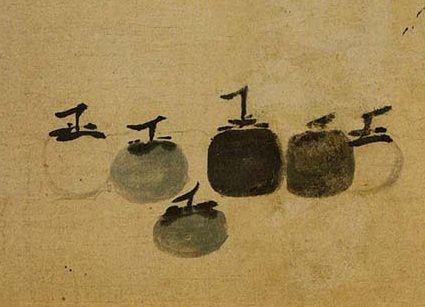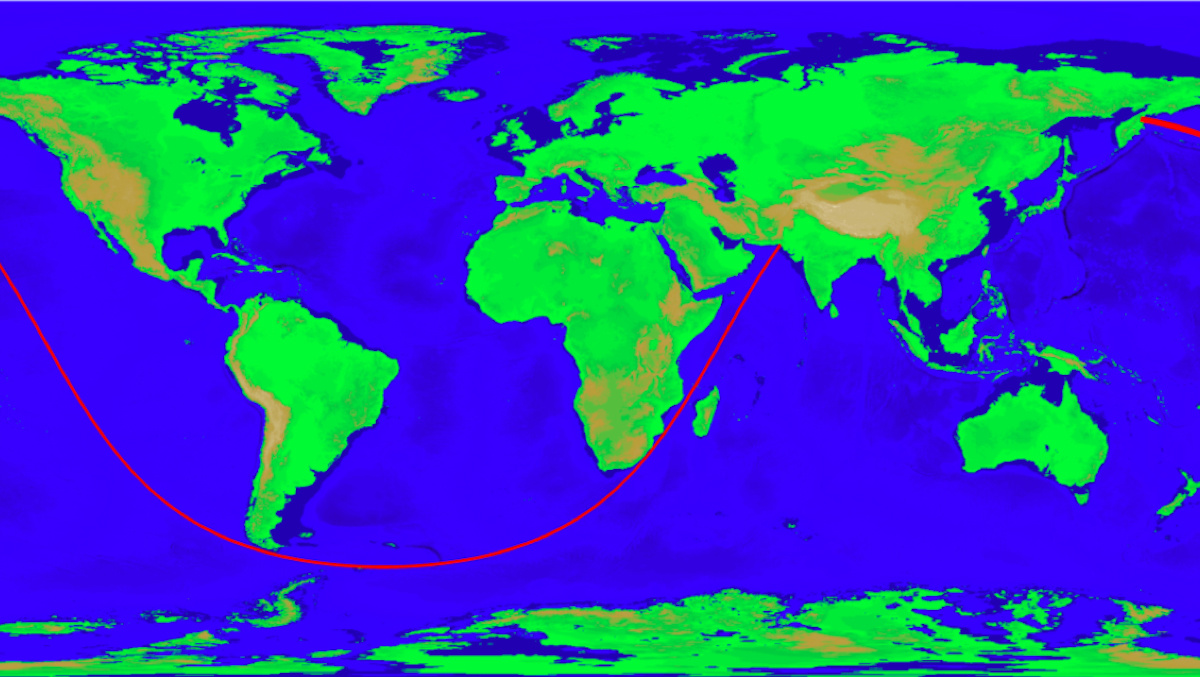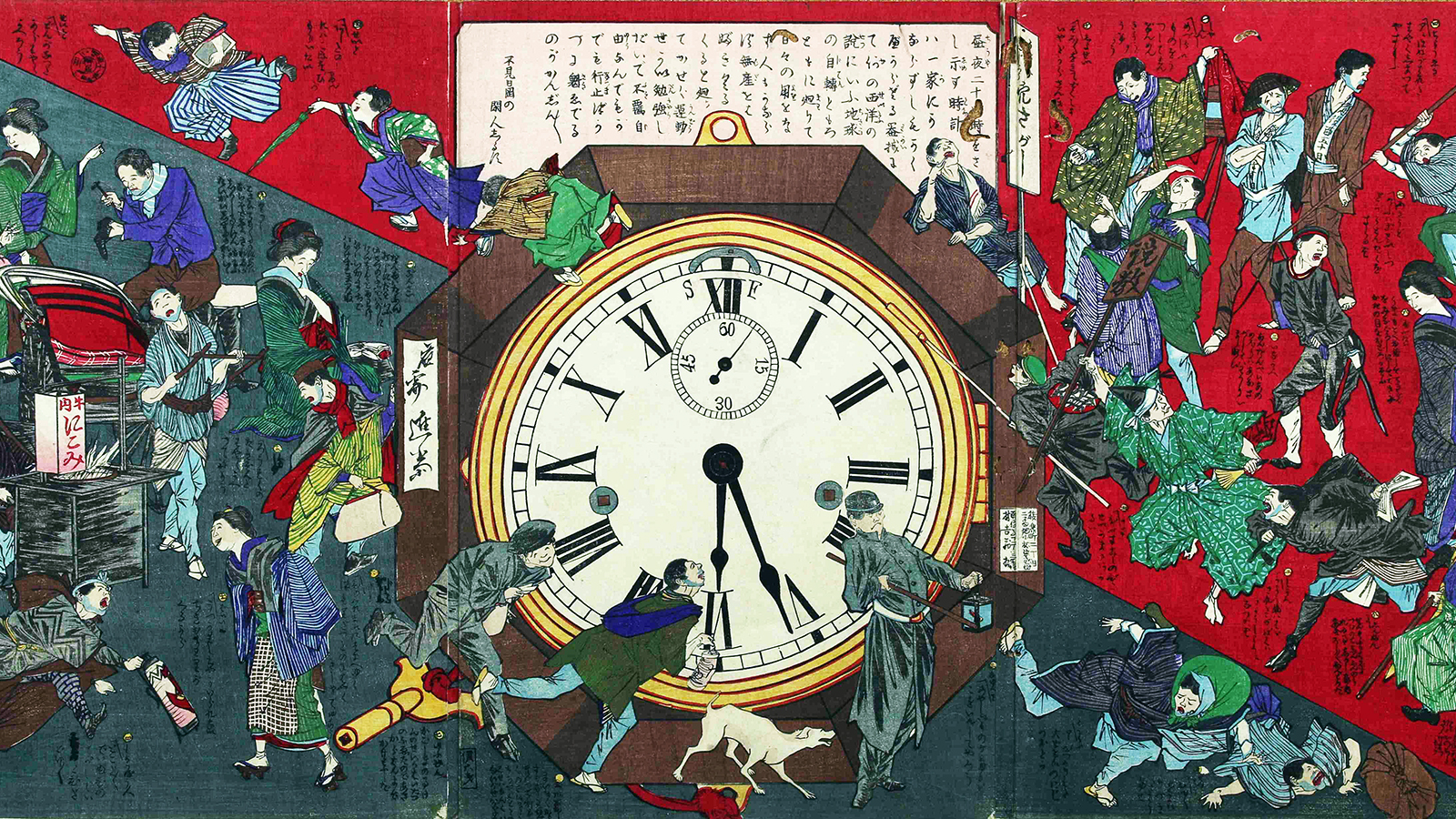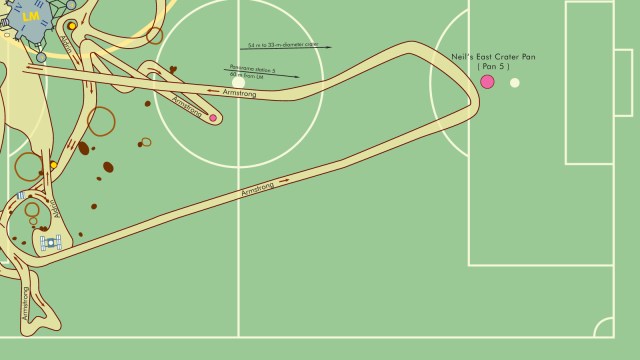265 – Olympic Rings of Fear: Japan’s Air Raid Angst (1938)
At some point early in the previous century, island nations particularly were gripped with air raid angst. The relatively new threat of airborne destruction was especially poignant for countries that for centuries were able, for defense purposes, to profit from their aquatic isolation – countries like Britain or Japan.
It seems the Japanese were already holding air raid drills as early as the 1920s, and tried harder than other nations to limit aerial bombing by treaty. To no avail, as history has shown; Japan’s pre-war fears about destruction from the sky would be surpassed beyond belief by the horror of the two atomic bombs on Hiroshima and Nagasaki at the end of the war.
This air raid awareness map dates from 1938, and shows exactly whom the Japanese were frightened of – not China, for instance, even though that was the only country they were at war with at the time. The Chinese, reduced to fighting a guerilla war against the Japanese invader, probably couldn’t muster an air force.
Japan was olympic in its air raid angst: the land of the Rising Sun is surrounded and entirely covered by five differently-coloured rings, each showing a radius of action of 2,000 km (1,242.7 mile). At the center of these five potentially inimical radiuses are:
Alaska (yellow circle): probably the island of Attu, the westernmost US possession – and the site of the only World War II battle on US soil. America recaptured the island from a Japanese garrison after bloody hand-to-hand combat at the end of May 1943. Two months later, it was the starting point for the first US raid on Japanese soil since the 1942 Doolittle Raid. As indicated by this map, the attack range was limited to the Kurile Islands, north of Japan proper. Vladivostok (green circle): Soviet bombers would be able to cover the whole of Japan, all of Korea (at the time a Japanese colony), all of Manchuria (in pink, north of Korea; a Japanese puppet state) and most of Japanese-occupied China (in orange). Hong Kong (black circle): British bombers stationed here could reach over half of Japan’s mainland possessions, plus Japan’s southern tip. Manila (brown circle): the Philippines were a US possession until 1946; US bombers stationed here would be able to reach some of southern China, Formosa (i.e. Taiwan, also in Japanese hands at the time) and the very southern tip of Japan itself. Chichijima (grey/blue circle): or ‘Father Island’, an island in the Ogasawara archipelago.
The island of Tinian, whence Enola Gay took off to drop the first atom bomb, is over 2,500 km (1,560 miles) to the south of its target, Hiroshima. Tinian, one of the Northern Mariana Islands, is not indicated on this map, nor is Hiroshima. The three white dots in Japan are, west to east: Kokura, Osaka and Tokyo. Hiroshima is also situated in the south of the country, near Fukuoka, but on the western tip of the main island Honshu.
This map was sent in by Nils Jeppe, who saw it on Airminded, a blog about ‘Airpower and British society, 1908-1941 (mostly)’. From one niche blog to another, passing by like (air)ships in the night: good-bye and good luck! This post (a follow-up of a previous post about air raid posters) has this Japanese poster, and several others (including ones where the concentric circles signify ICBM ranges, and a cool British one, warning about the dangers of German zeppelins launched from Heligoland).






